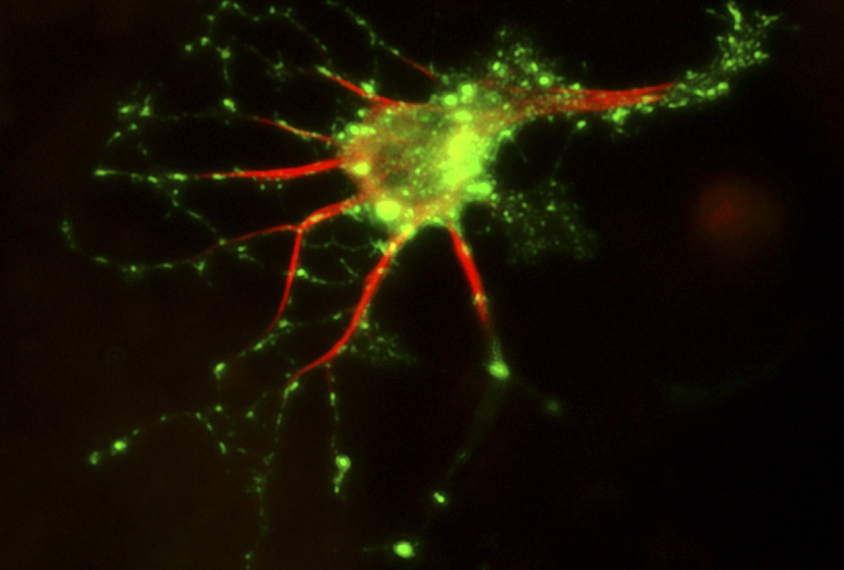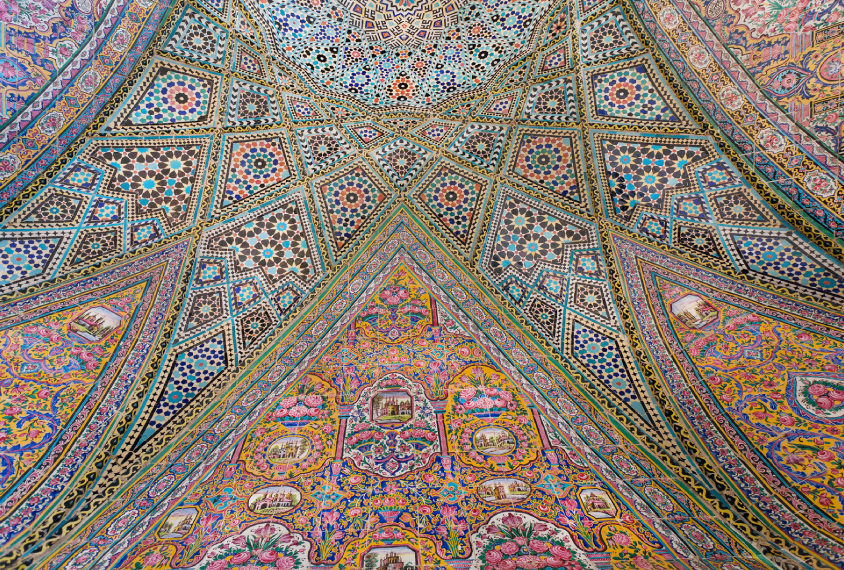ASHG 2016
Recent articles
Many people harbor large mutations linked to autism
DNA deletions and duplications tied to autism crop up in people without the condition, too.

Many people harbor large mutations linked to autism
DNA deletions and duplications tied to autism crop up in people without the condition, too.
Drug duo may reverse effects of Rett mutations in cells
A pair of existing drugs normalizes the appearance and activity of neurons derived from the skin of individuals with Rett syndrome.

Drug duo may reverse effects of Rett mutations in cells
A pair of existing drugs normalizes the appearance and activity of neurons derived from the skin of individuals with Rett syndrome.
‘Synonymous’ mosaic mutations may up autism risk
A type of mutation long thought to be harmless has turned out to play an unexpected role in autism.

‘Synonymous’ mosaic mutations may up autism risk
A type of mutation long thought to be harmless has turned out to play an unexpected role in autism.
Explore more from The Transmitter
Among brain changes studied in autism, spotlight shifts to subcortex
The striatum and thalamus are more likely than the cerebral cortex to express autism variants or bear transcriptional changes, two unpublished studies find.

Among brain changes studied in autism, spotlight shifts to subcortex
The striatum and thalamus are more likely than the cerebral cortex to express autism variants or bear transcriptional changes, two unpublished studies find.
What is the future of organoid and assembloid regulation?
Four experts weigh in on how to establish ethical guardrails for research on the 3D neuron clusters as these models become ever more complex.

What is the future of organoid and assembloid regulation?
Four experts weigh in on how to establish ethical guardrails for research on the 3D neuron clusters as these models become ever more complex.
Insights on suicidality and autism; and more
Here is a roundup of autism-related news and research spotted around the web for the week of 8 December.

Insights on suicidality and autism; and more
Here is a roundup of autism-related news and research spotted around the web for the week of 8 December.